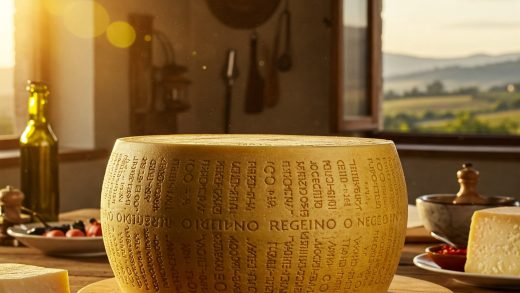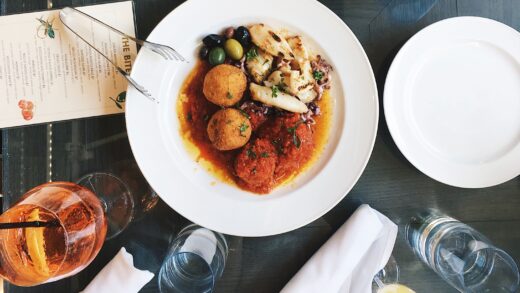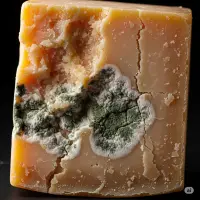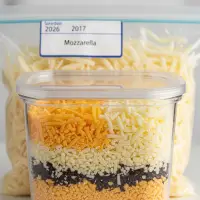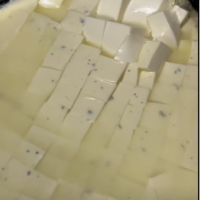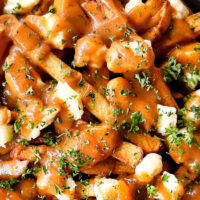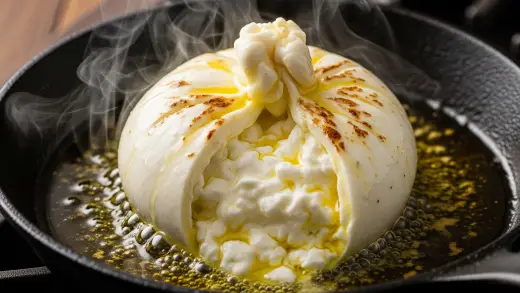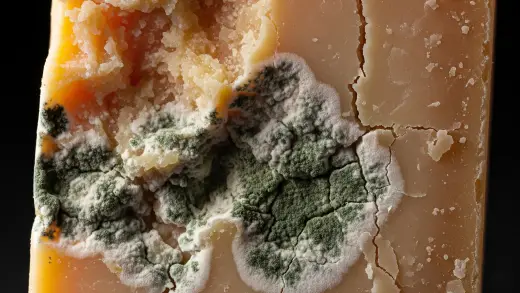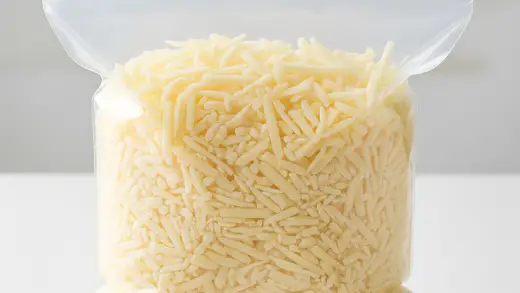You can generally eat the rind of Pecorino cheese as it’s often natural. However, some aged Pecorino rinds can be very hard.
Always remove any wax or non-cheese coatings. You might find the rind adds flavor, but its palatability is up to you. Some even use it in cooking for added taste.
Ever wondered what to do with the leftover bit after you’ve enjoyed a yummy slice of Pecorino cheese? That outer part, the rind, often gets left behind, right?
Pecorino is a special kind of cheese that comes from sheep’s milk. It’s usually firm and has a salty, sometimes even a little sharp, flavor that many people really enjoy. You can often spot it by its hard outside layer.
So, here’s the big question we’re going to explore: Can you actually eat the rind of Pecorino cheese? Lots of folks wonder about this.
We’ll dive into whether that outer layer is something you can munch on or if it’s best left on your plate. We’ll talk about what makes up the “Pecorino cheese rind” and help you figure out if you can “eat Pecorino skin.”
Plus, we’ll touch on which “edible cheese rind” are generally okay to enjoy. Let’s find out together.
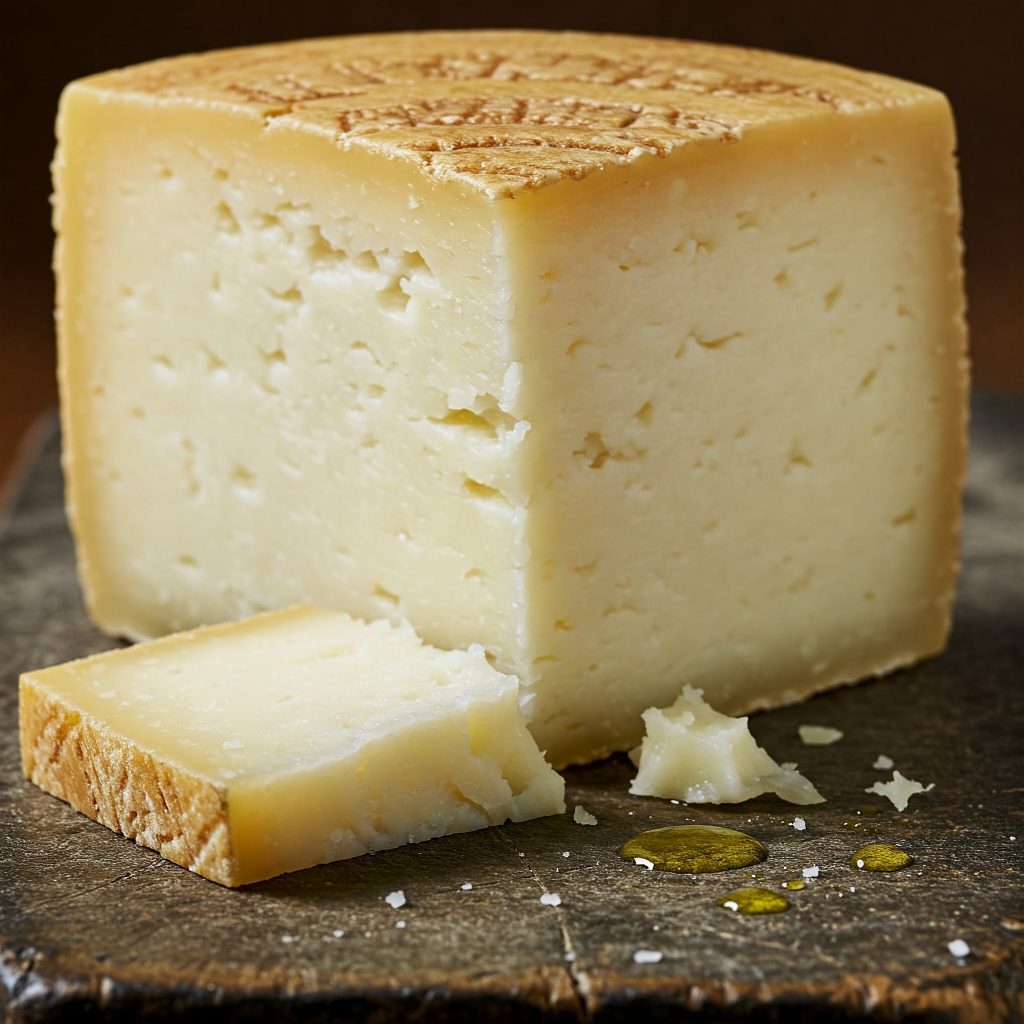
Can You Eat The Skin Of Pecorino?
So, you’re wondering if you can munch on that outer layer of Pecorino, huh? Well, generally, yeah, you totally can!
See, Pecorino develops this natural rind as it ages. As long as you’re not seeing any waxy or papery stuff on it, you’re good to go. Some folks even say those cultures in the rind are a little boost for your tummy!
Now, fair warning, that rind can get pretty firm, especially if you’ve got a more mature Pecorino. You might find the texture a bit… well, tough.
But hey, the flavor can be pretty awesome! It’s often got this intense, salty, and sometimes even a little nutty taste that really goes well with the cheese itself.
And here’s a little tip for you: if you try the rind and it’s just not your thing to eat straight up, don’t just toss it! You can throw it into your soups and stews while they’re cooking. It’ll infuse them with this fantastic depth of flavor.
Just remember to fish it out before you serve. You can even try grating it over your dishes for a salty, savory kick.
So yeah, go ahead and give that Pecorino rind a try! You might just like it, or you might find a new secret ingredient for your cooking. Enjoy!
Understanding Pecorino Cheese
Pecorino cheese is a family of delicious cheeses that have been made in Italy for a very long time. What makes them special is that they are all made using pure sheep’s milk.
This gives them a unique taste that can be a little bit tangy and often quite savory. Think of it as a cheese with a bit more of a “zing” than some cow’s milk cheeses you might have tried.
Just like there are many types of apples, there are also different kinds of Pecorino cheese, and these can come from various regions in Italy. Some of the most well-known include:
Pecorino Romano
This one is probably the most famous outside of Italy. It’s usually quite salty and firm, and its rind can vary in texture depending on how long it’s aged.
Pecorino Sardo
This type comes from the island of Sardinia and can be found in two main styles: Dolce (young and mild) and Maturo (aged and more intense). Their rinds will differ based on this aging process.
Pecorino Toscano
From the Tuscany region, this Pecorino is often softer than Romano and comes in different ages, like Fresco (fresh), Stagionato (aged), and Gran Riserva (very aged). The rind will change in hardness and flavor as it ages.
Now, how does that rind even get there? Well, during the cheesemaking process, after the sheep’s milk has turned into curds and whey, the curds are pressed into molds.
As the cheese ages, the outside dries out and forms a natural protective layer – that’s the rind! Sometimes, cheesemakers might rub the outside with olive oil or even natural molds can grow on the surface, all contributing to the rind’s character.
Factors Affecting Rind Palatability
While generally edible, there are a few things that can make a Pecorino rind more or less enjoyable to eat:
Age of the Cheese
Just like the cheese inside, the rind changes as it ages. Younger Pecorino will have a thinner, more flexible rind that’s usually milder in flavor.
Older Pecorino, on the other hand, will develop a much harder, thicker rind with a more pronounced and sometimes sharper taste. Some people might find the older rinds too tough to chew.
Type of Pecorino
As we mentioned, different regional Pecorinos can have different rind characteristics. For example, a Pecorino Romano rind might be noticeably harder and saltier than a younger Pecorino Sardo rind.
Presence of Coatings
This is a really important point. Sometimes, cheesemakers will add coatings to the outside of the cheese. These can include things like wax or plastic.
These artificial coatings are NOT edible and should always be removed before eating the cheese.
However, you might also see natural molds on the rind, which are often safe to eat and contribute to the flavor. If you’re unsure about a coating, it’s always best to err on the side of caution and remove it.
Cleanliness and Handling
Just like any food, the cheese must been handled and stored properly. A rind that looks or smells unpleasant should not be eaten.
How to Enjoy (or Not Enjoy) Pecorino Rind?
If you’re feeling adventurous and want to try the Pecorino rind, here are a few tips:
Eating the Rind
Cut the cheese into smaller pieces, including the rind. This can make it easier to chew and allows you to experience the flavor combination of the rind and the inner cheese together.
Using the Rind in Cooking
Don’t want to eat it directly? Don’t toss it! Pecorino rinds can add a wonderful depth of flavor to your cooking. Try adding them to soups or sauces while they simmer. The rind will soften and release its savory goodness.
You can also try grating very hard, clean rinds to add a salty, cheesy punch to dishes.
However, there are times when you might want to skip the rind:
Excessive Hardness
If the rind is so hard that it feels like you might break a tooth, it’s probably best to leave it.
Unpleasant Smells
If the rind smells strongly of ammonia or anything else that seems “off,” don’t eat it.
Non-Natural Coatings
As we stressed before, waxy or plastic coatings are definitely not for eating.
Conclusion
So, to wrap it up: Pecorino rinds are generally edible and can offer a more intense flavor and firmer texture. However, it really comes down to your personal preference and the condition of the rind. Consider the age and type of Pecorino, and always make sure to remove any artificial coatings.
Why not give it a try next time you have some Pecorino? You might discover a new favorite part of the cheese!
Do you eat Pecorino rinds? Share your experience below! What’s your favorite way to enjoy (or not enjoy) them?
